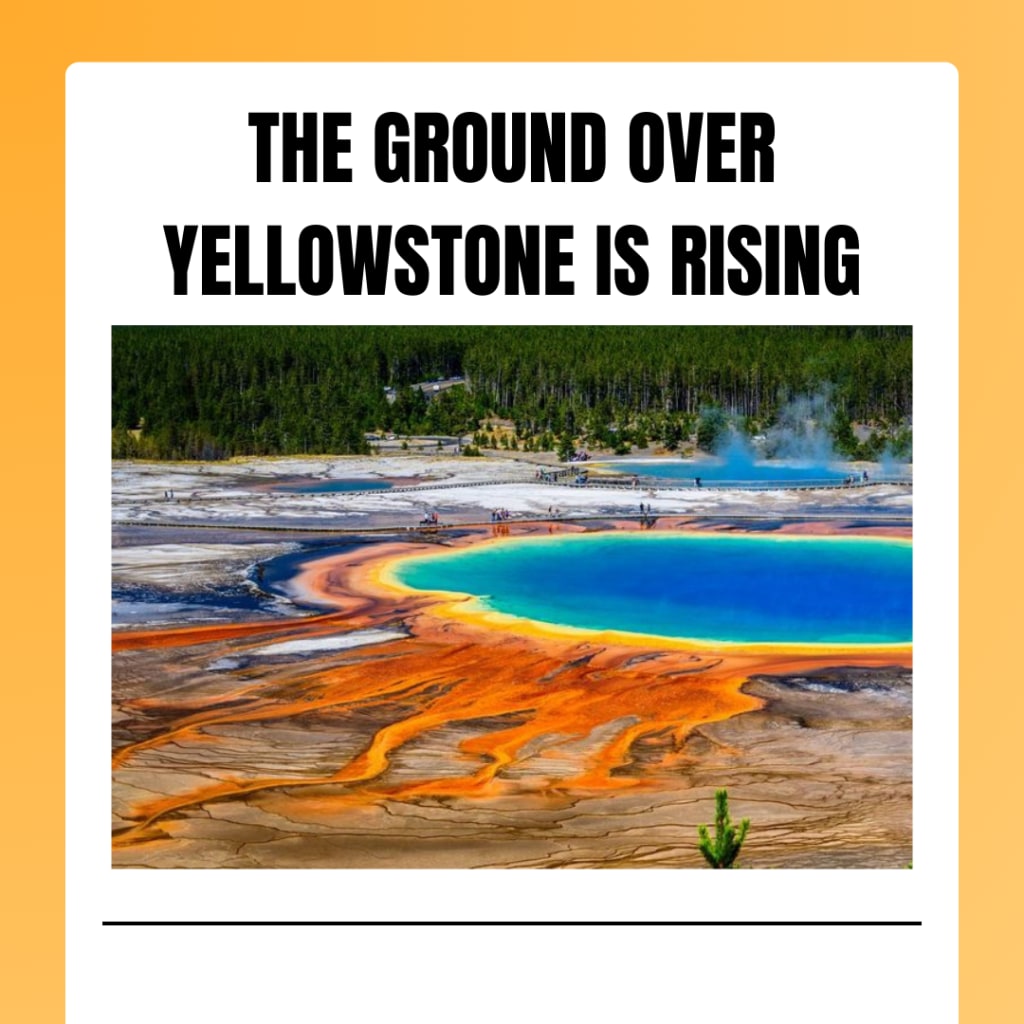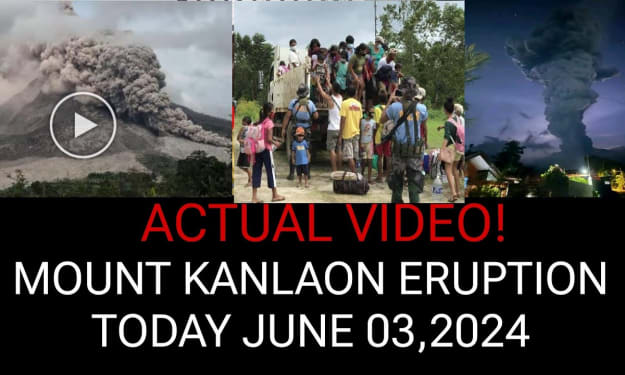The ground over yellowstone is rising
The ground over yellowstone is rising, is it going to erupt?

The Ground Over Yellowstone Is Rising
You might have heard that Yellowstone National Park sits atop a giant supervolcano, which is why the area has powerful geysers and hot springs. However, this also means there's a massive magma chamber beneath Yellowstone. In 2015, researchers from the University of Utah discovered that this chamber is much larger than previously thought. They even found an additional magma reservoir below the first one. The larger these chambers are, the more magma they contain. Combined, the two reservoirs hold enough magma to fill the Grand Canyon 11 times over.
The most concerning aspect of these magma chambers is that they push against the ground above, causing the land in Yellowstone to rise about 1 to 2 inches per year. Moreover, Yellowstone is classified as an active volcano with a Volcanic Explosivity Index (VEI) of 8 out of 8. This high rating means that if the volcano were to erupt, it would be an apocalyptic event. For perspective, the 1991 eruption of Mount Pinatubo in the Philippines, the most powerful in recent memory, had a VEI of 6. Now, let's determine if there's anything to worry about.
In March 2023, the University of Utah seismograph stations recorded 354 earthquakes in the Yellowstone National Park region. While this sounds like a lot, the most notable event was a minor earthquake with a magnitude of 3.7. This quake was part of a swarm of 106 earthquakes that began on March 29 and continued until the end of the month. Earthquake swarms are common in Yellowstone, but experts say the increased seismic activity isn't a cause for concern.
Michael Poland, a geophysicist at the Yellowstone Volcano Observatory, reassures that the volcano is not likely to erupt soon. For an eruption to occur, there must be enough magma beneath the surface and sufficient pressure to cause it to rise, but neither condition exists today. Nevertheless, Poland and his team monitor various signs of potential eruptions, including earthquake frequency, ground deformation, temperature changes in thermal features, and geyser activity.
Despite media claims suggesting that Yellowstone is overdue for an eruption because the last one happened 70,000 years ago, experts clarify that volcanoes don't follow predictable timelines. If a supereruption were to occur, the biggest threat would be ash and ashfall rather than lava flows or earthquakes. Historical eruptions at Yellowstone, such as the Lava Creek eruption, spewed enormous amounts of dust, volcanic ash, and rock into the atmosphere. Scientists have also discovered two previously unknown supereruptions that occurred around 9 and 8.7 million years ago, with the younger one being the largest event recorded in the Snake River-Yellowstone volcanic province.
Millions of years ago, signs of an impending eruption appeared long before the catastrophe. Heat from the planet's interior melted rock beneath the crust, creating large chambers filled with pressurized magma, water vapor, and gases. As more magma accumulated, the ground over the volcanic system gradually rose. A year before a supereruption, small earthquakes and increased ground temperatures signaled the build-up of pressure. The ground above the magma chamber formed a dome-shaped uplift with cracks along its edges, eventually leading to an explosive release.
In the event of a modern supereruption, the consequences would be catastrophic. The eruption would send a massive column of lava and ash into the air, creating pyroclastic flows and widespread ashfall. Volcanic ash, which turns into glassy cement upon inhalation, would pose severe risks to all living creatures. The ash would cover vast areas, affecting regions far from Yellowstone, disrupting agriculture, and damaging infrastructure.
Fortunately, such a disaster is not expected to occur anytime soon. With so many other challenges to face, it's a relief that an eruption isn't one of them. If you found this information interesting, please like and share the video, or click on these videos to stay informed and engaged.
About the Creator
Inie Hermedalla
Hi I'm Inie a budding writer with a passion for exploring new ideas and telling compelling stories.
Enjoyed the story? Support the Creator.
Subscribe for free to receive all their stories in your feed. You could also pledge your support or give them a one-off tip, letting them know you appreciate their work.






Comments (1)
Hey Inie, Congrats on your first writing on Vocal. I subscribed you to read your future writings and if you wish you can subscribe me as well!🥰🥰🥰